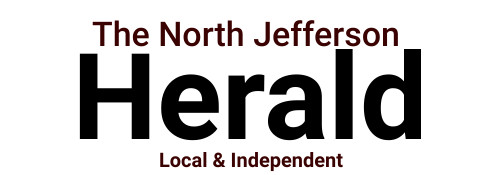
Considering a Cash Out Refinance? The Time To Act May Be Sooner Than Later.
In previous columns we have mentioned that, despite rising interest rates over the last year, there have been a few silver linings for current homeowners. One of those is silver linings is that home values have continued to rise. Now, we are not seei




